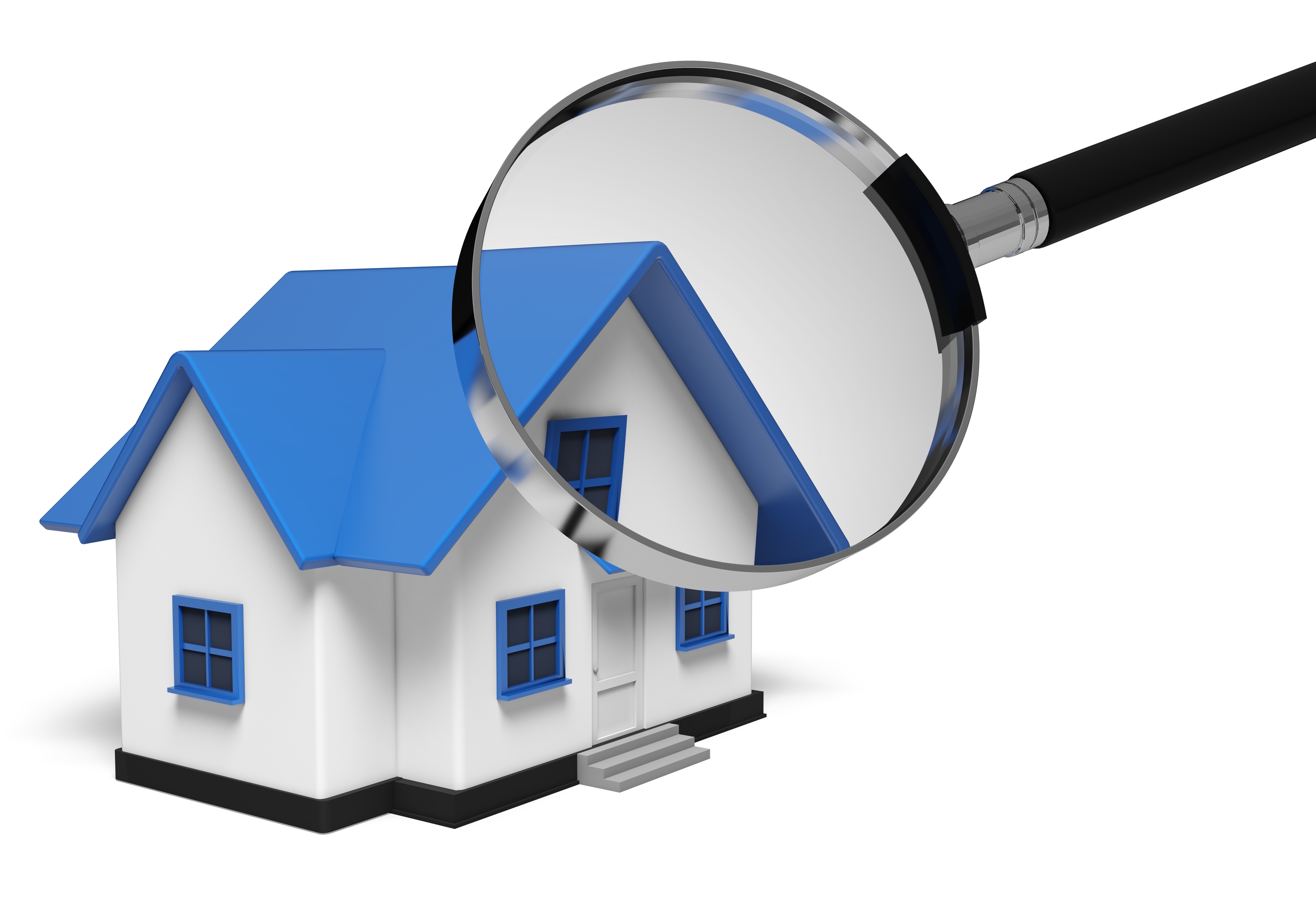
What Are the Components of an Appraisal?A home purchase can be the largest financial decision some might ever encounter. It doesn't matter if a main residence, an additional vacation home or an investment, the purchase of real property is a detailed financial transaction that requires multiple parties to pull it all off. Most of the participants are very familiar. The most recognizable face in the transaction is the real estate agent. Then, the lender provides the financial capital needed to fund the transaction. And ensuring all requirements of the sale are completed and that the title is clear to pass from the seller to the purchaser is the title company. So, who's responsible for making sure the property is worth the purchase price? In comes the appraiser. We provide an unbiased estimate of what a buyer could expect to pay — or a seller receive — for a parcel of real estate, where both buyer and seller are informed parties. A licensed, certified, professional appraiser from Jason Bennett will ensure, you as an interested party, are informed. The inspection is where an appraisal beginsTo determine the true status of the property, it's our duty to first complete a thorough inspection. We must see aspects of the property hands on, such as the number of bedrooms and bathrooms, the location, and so on, to ensure they truly exist and are in the condition a reasonable buyer would expect them to be. To make sure the stated size of the property has not been misrepresented and describe the layout of the home, the inspection often requires creating a sketch of the floorplan. Most importantly, the appraiser identifies any obvious amenities - or defects - that would affect the value of the house. Once the site has been inspected, an appraiser uses two or three approaches to determining the value of real property: a paired sales analysis, a replacement cost calculation, and an income approach when rental properties are prevalent. 
Replacement CostThis is where the appraiser uses information on local building costs, the cost of labor and other factors to ascertain how much it would cost to build a property similar to the one being appraised. This figure often sets the maximum on what a property would sell for. It's also the least used predictor of value. 
Paired Sales AnalysisAppraisers can tell you a lot about the neighborhoods in which they work. They innately understand the value of particular features to the people of that area. Then, the appraiser looks up recent sales in the area and finds properties which are 'comparable' to the home being appraised. Using knowledge of the value of certain items such as fireplaces, room layout, appliance upgrades, additional bathrooms or bedrooms, or quality of construction, we add or subtract from each comparable's sales price so that they more accurately portray the features of subject.
Once all necessary adjustments have been made, the appraiser reconciles the adjusted sales prices of all the comps and then derives an opinion of what the subject could sell for. At Jason Bennett, we are experts in knowing the value of particular items in Novi and Oakland County neighborhoods. The sales comparison approach to value is usually given the most importance when an appraisal is for a real estate exchange. Valuation Using the Income ApproachA third way of valuing a house is sometimes applied when a neighborhood has a reasonable number of renter occupied properties. In this scenario, the amount of income the real estate generates is factored in with other rents in the area for comparable properties to determine the current value. The Bottom LineCombining information from all approaches, the appraiser is then ready to document an estimated market value for the subject property. The estimate of value at the bottom of the appraisal report is not always what's being paid for the property even though it is likely the best indication of what a property is worth. Prices can always be driven up or down by extenuating circumstances like the motivation or urgency of a seller or 'bidding wars'. But the appraised value is typically used as a guideline for lenders who don't want to loan a buyer more money than the property is actually worth. At the end of the day, an appraiser from Jason Bennett will guarantee you discover the most accurate property value, so you can make profitable real estate decisions. |